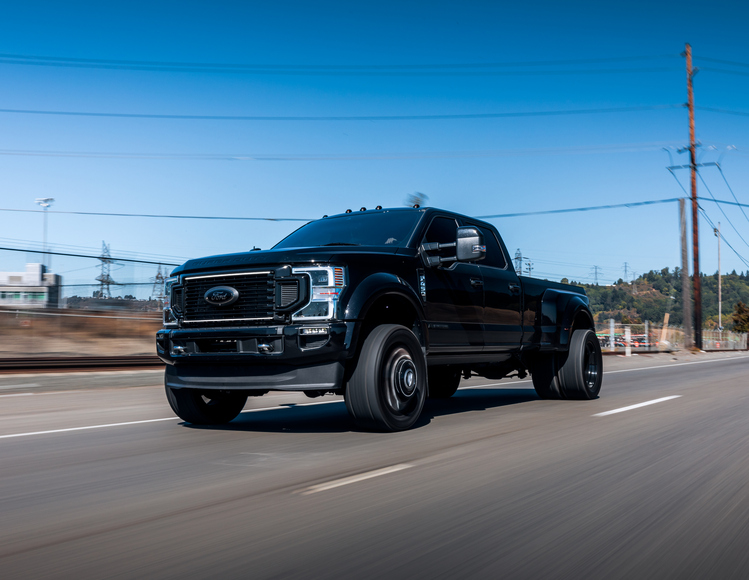
Compare a tiny, sporty Corvette or Mazda Miata to a limited pickup with oversized tires, and it’s easy to see which vehicle would fare worse in a crash. For some drivers, a lifted vehicle is a fun form of self-expression; for others, driving a larger vehicle is a safety measure to reduce the chance of a serious injury to their children if they get into a wreck.
But are these oversized vehicles really safer? Or do they pose more of a danger than “regular” cars or more compact SUVs? While a larger vehicle can offer more protection in a bad wreck, it doesn’t mean that you can abandon defensive driving practices. If you are in a collision, it’s important to have an Independence car accident attorney to protect your rights and advocate for a fair settlement.

Just how dangerous are oversized passenger vehicles?
Is bigger better? Driving a behemoth of an SUV can make you feel safer, especially on highways full of speeding semis, but the extra weight and heft may not provide as much protection as you think.
Research from the Insurance Institute for Highway Safety (IIHS) and the National Safety Commission’s Road to Zero Coalition produced some surprising insights.
For vehicles that weigh less than the fleet average (the average metrics of a model year of vehicles, including weight, horsepower, torque, and fuel emissions), the chances of occupants being killed in a collision decrease substantially for every 500 pounds of additional weight. For a smaller car, that’s quite a lot, but the benefits quickly reach a ceiling where there is no discernible increase in protection.
Adding 500 pounds of weight to a light-than-average vehicle poses virtually no additional danger to others on the road, but if this same extra 500 pounds is added to vehicles already heavier than the fleet average, there’s an added increase in danger to other drivers in a wreck.
These conclusions are based on multiple crash compatibility studies conducted by the IIHS over a ten-year period. IIHS evaluated two-vehicle collisions between cars, SUVs, and pickup trucks manufactured within four years of the crash study.
Details of the IIHS crash study
The results of the IIHS study, conducted in two five-year parts, indicated that SUV safety dramatically improved over the ten-year period. Initially, the outsized threat posed by SUVs and larger pickups was greater to people in cars due to a misalignment of the shock-absorbing structures of the respective vehicles.
In collisions, the truck or SUV bypassed the crumple zone of the car, riding up over the hood and causing grievous injury to the car’s occupants.
However, starting in 2009, many auto manufacturers changed the front ends of their vehicles to better align with the energy-absorbing crumple zones of cars. This change, plus the addition of side airbags, was a voluntary commitment facilitated by the IIHS.
In the first set of studies, car occupants were 90% more likely to suffer fatal injuries in collisions with a truck or SUV weighing over 5,000 pounds than in car-car collisions, but by 2017, the start of the second five-year study, that fatality rate dropped to 20%.
What makes oversized vehicles so dangerous?
A few features of larger SUVs and trucks make them dangerous on the roads:
- More weight = more force transferred to the other vehicle in a collision
- Higher center of gravity increases the risk of deadly rollover accidents
- Misaligned crumple zones reduce the effectiveness of this technology
Stay informed to stay safe
Larger vehicles may offer a sense of protection, but their size and weight can increase the risk of severe injuries to others on the road. Recognizing these risks can help you take steps to avoid a crash. If the worst happens, and you are in a serious collision, please contact Langdon & Emison at (866) 931-2115 for a free consultation.

